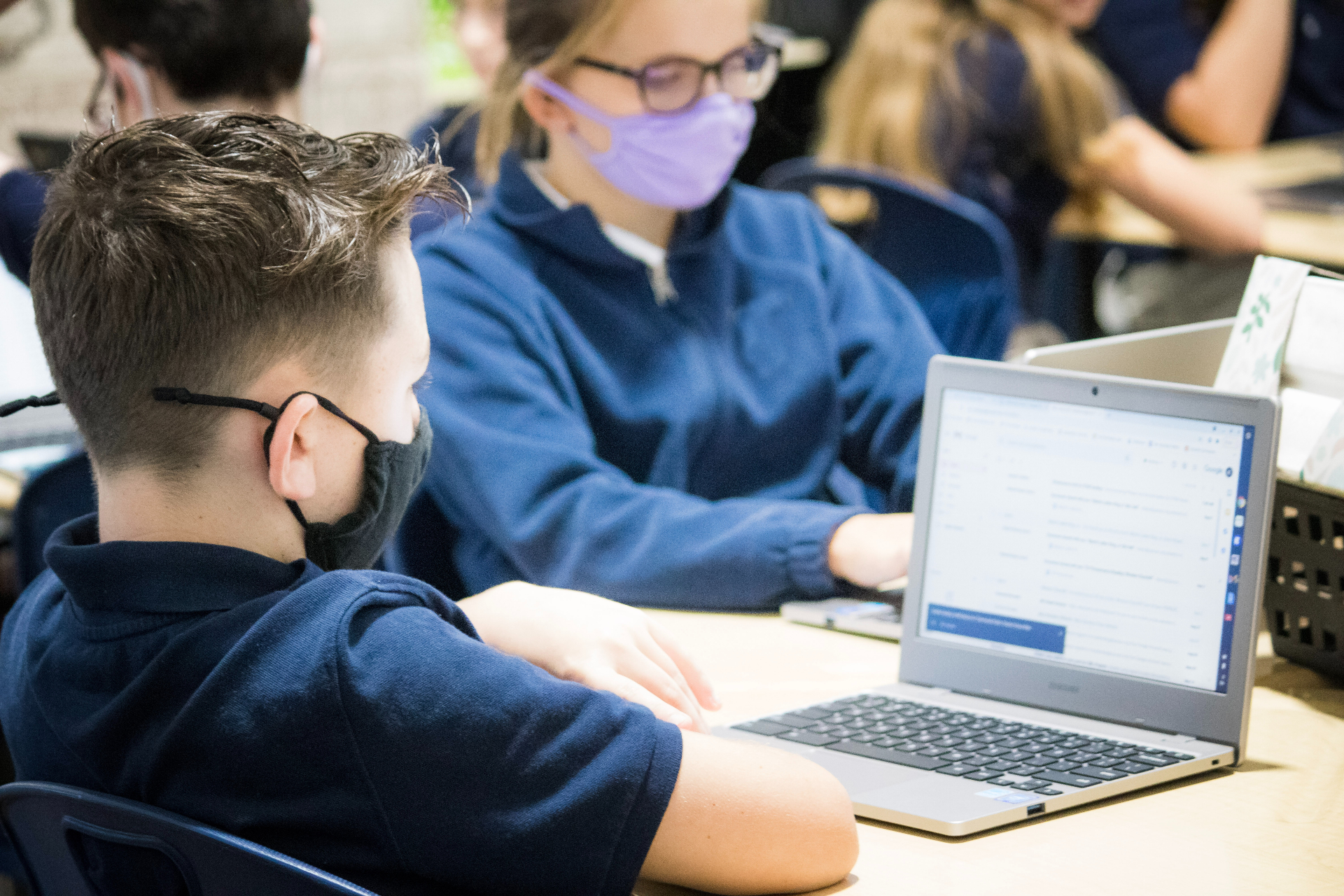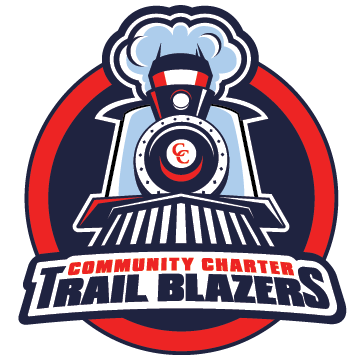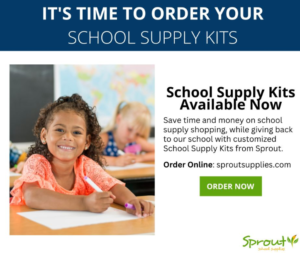Our Curriculum

Community Charter School’s goal is to create a learning environment with a maximum adult to student ratio average of 25:1. In our K-2 classrooms, the ratio will be lower because of the use of assistants and other support personnel based on the unique needs of our children.
This will give teachers an opportunity to spend more time learning the strengths and weaknesses of each scholar, improving teacher effectiveness in designing class-based instruction and independent study projects. Our goal is to recruit the best connectors and content educators for each teaching position.
In keeping with the philosophy of the school, all classrooms will be equipped with manipulatives and materials appropriate to the lesson being taught. Teachers within grade levels will collaborate on lesson preparation and classroom set-up. Classrooms will be arranged so that scholars feel a sense of order and purpose; displays will be presented in a such a way as to complement, not compete with, instruction being given; materials will be ready at hand for scholar exploration and manipulation as called for by the lessons planned for the day.
Teacher professional development will focus on techniques for delivering the Core Knowledge Sequence in a way that elicits both excitement and a sense of ownership on the part of the scholars. This development plan calls for a three-year, in-depth professional development series that will take teachers from an understanding of the tenets of the Core Knowledge Sequence to being true collaborators and creators of content-rich units. Teachers will also learn to act as facilitators of learning, guiding scholars to discover truths through kinesthetic, audio, and visual learning. In assembling the initial teaching staff, and in making subsequent hiring decisions, Community Charter School will seek out teachers who are comfortable in the role of facilitator, who collaborate well with peers, and who have the intellectual, social, and emotional capacity to engage scholars as individuals.
With the integration of social studies, science, music, and the arts in CKLA, students will learn concepts within the structures of a variety of structures. Students build knowledge most effectively when the selection of read-aloud texts does not shift randomly from topic to topic from one class to the next but instead remains focused on a single domain over a sustained period of time. (A domain is an area of knowledge, such as the human body, plants, astronomy, Eastern Woodlands Native Americans, civil rights, and so on.) Staying focused on a single topic or domain before moving to another increases the chance that students will receive multiple exposures to key vocabulary words and concepts.
For example, for kindergartners, the Sequence specifies a series of topics in the domain of Plants and Plant Growth. In a two-week unit of study on the specified topics, students will get multiple exposures to key vocabulary words (such as seeds, roots, crops, and harvest). Hearing these kinds of words used repeatedly in meaningful contexts over the course of a domain increases children’s learning of new knowledge.


